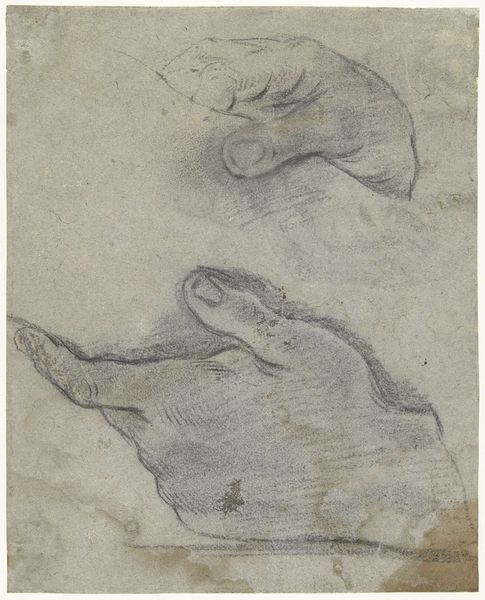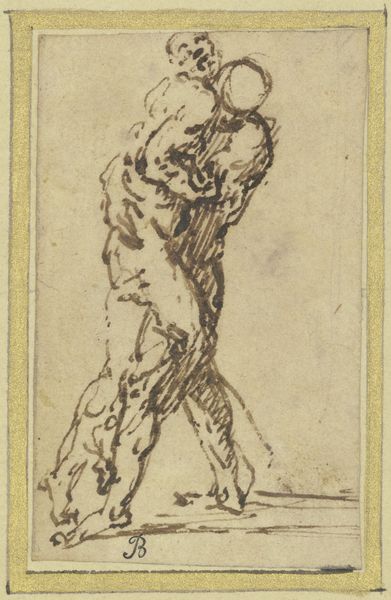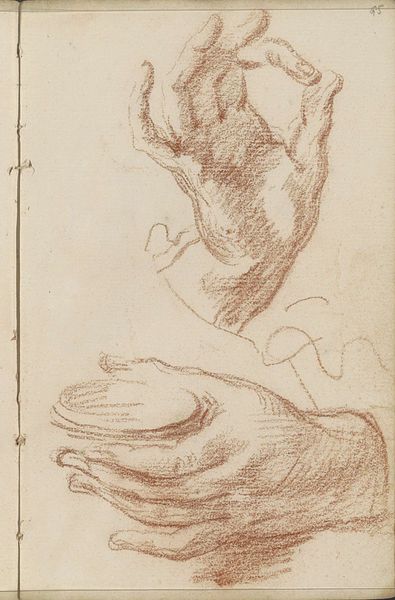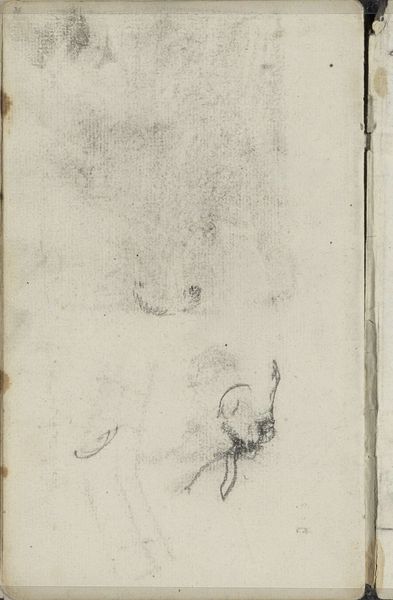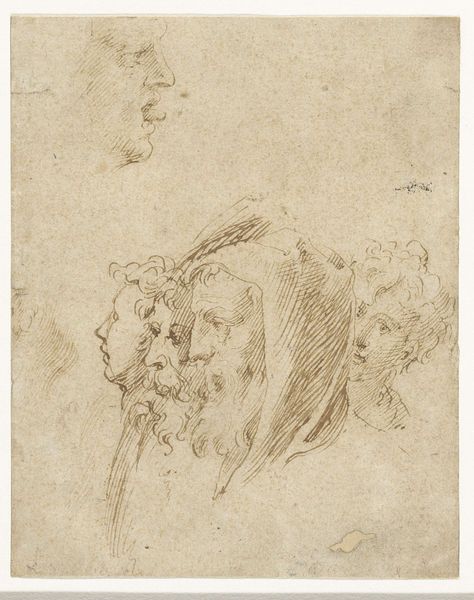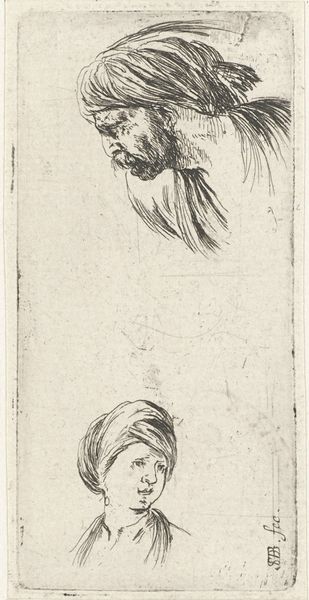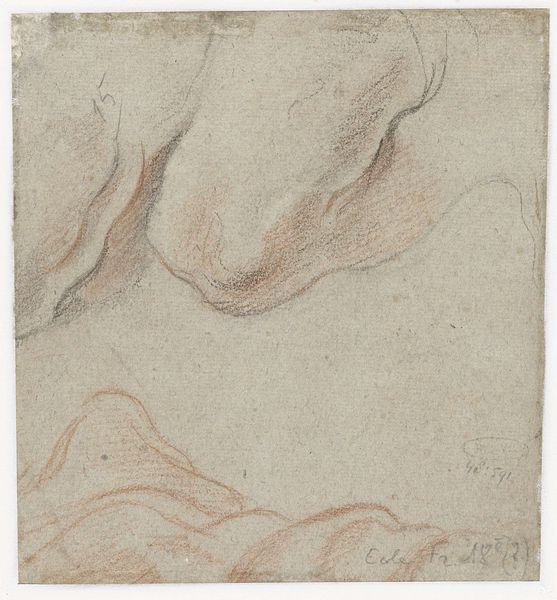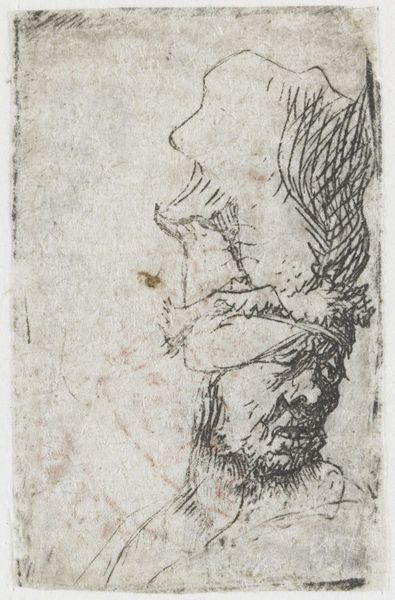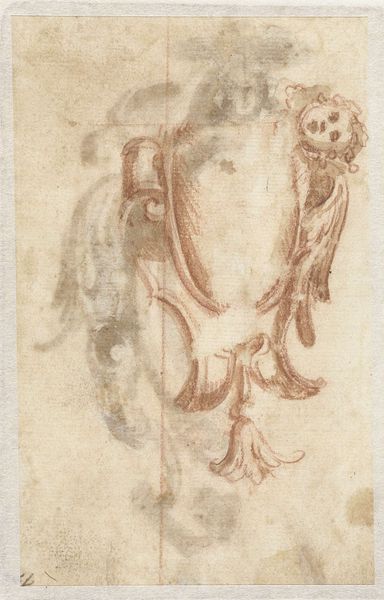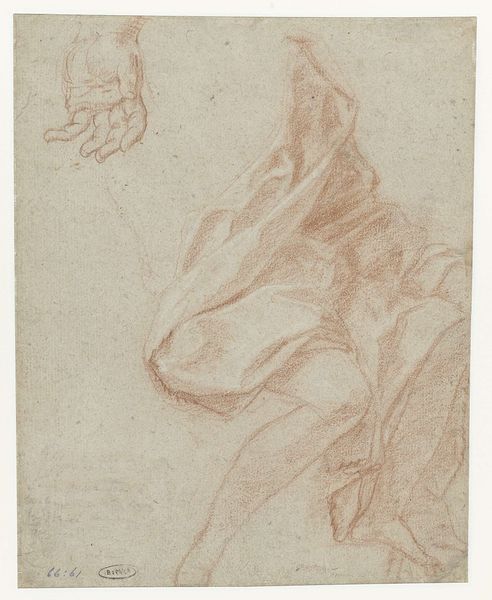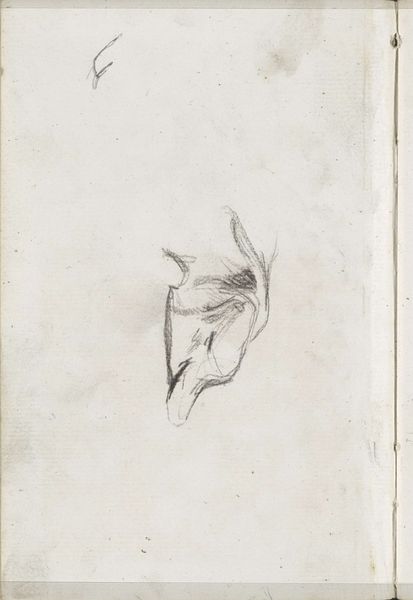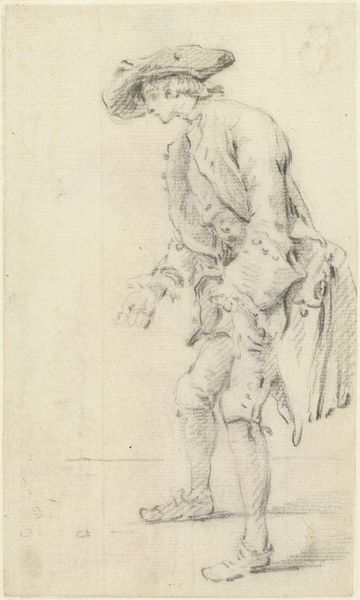
drawing, etching, graphite
#
portrait
#
drawing
#
etching
#
pencil sketch
#
charcoal drawing
#
coloured pencil
#
graphite
#
realism
Dimensions: height 71 mm, width 52 mm
Copyright: Rijks Museum: Open Domain
Curator: This small, delicate etching at the Rijksmuseum is entitled "Head of an Old Woman". The artist, Johannes Janson, created it sometime between 1739 and 1851. Editor: It has a haunting quality, doesn’t it? Almost like a fleeting memory captured on paper. The detail in the face, contrasted with the vagueness of the surrounding hat and attire... it gives the whole piece a kind of ghostly presence. Curator: What strikes me is the skillful handling of the etching process. You can see how Janson varied the pressure and duration of the etching to create depth and texture. This wasn't just a mechanical reproduction; it was a conscious artistic choice to represent age and experience through the materiality of the work. Think of the corrosive nature of the acid itself echoing the corrosive effects of time. Editor: Indeed. And consider the socio-economic context: etchings like these were relatively affordable, allowing for a wider audience to access and engage with portraiture, even of individuals who might otherwise be overlooked by grand historical paintings. This etching, in a way, democratizes the visual representation of age and perhaps even poverty. Curator: Absolutely. And in terms of labor, the physicality of etching – the grinding of the plate, the careful application of acid, the printing process – all these hands-on steps are crucial to understanding the artwork. It connects us to the artist’s labor and skill. What’s fascinating is the suggestion of a preparatory drawing – we can see some graphite marks, pointing to a process of careful sketching before etching the image. Editor: I'm also intrigued by its presentation within the museum space. Does showcasing such a piece risk romanticizing or sanitizing the experience of old age and potentially poverty? Or does it humanize a demographic often rendered invisible within wider society, prompting reflection on the societal structures and conditions they lived under? Curator: It's a valid concern. Museums do play a vital role in mediating how we encounter the past. This detailed rendering makes visible someone likely made invisible by their age, gender, and possible poverty. Editor: This makes you consider how representations in artwork impact broader society. Curator: Thinking about the production of such work allows you to delve deeper into its nuances. Editor: Right! Art can foster an emotional understanding of historical lives in addition to illustrating the period's politics and conventions.
Comments
No comments
Be the first to comment and join the conversation on the ultimate creative platform.
